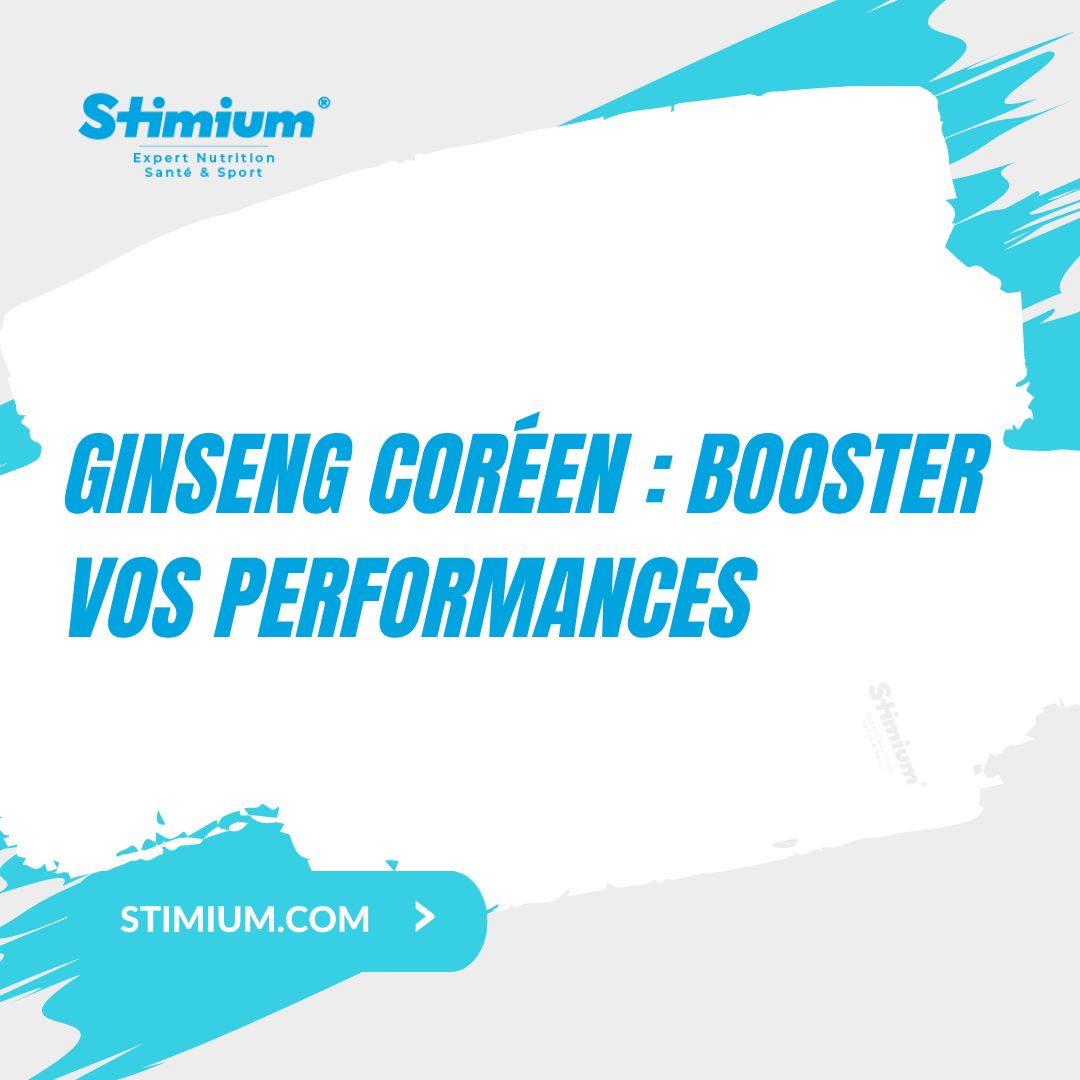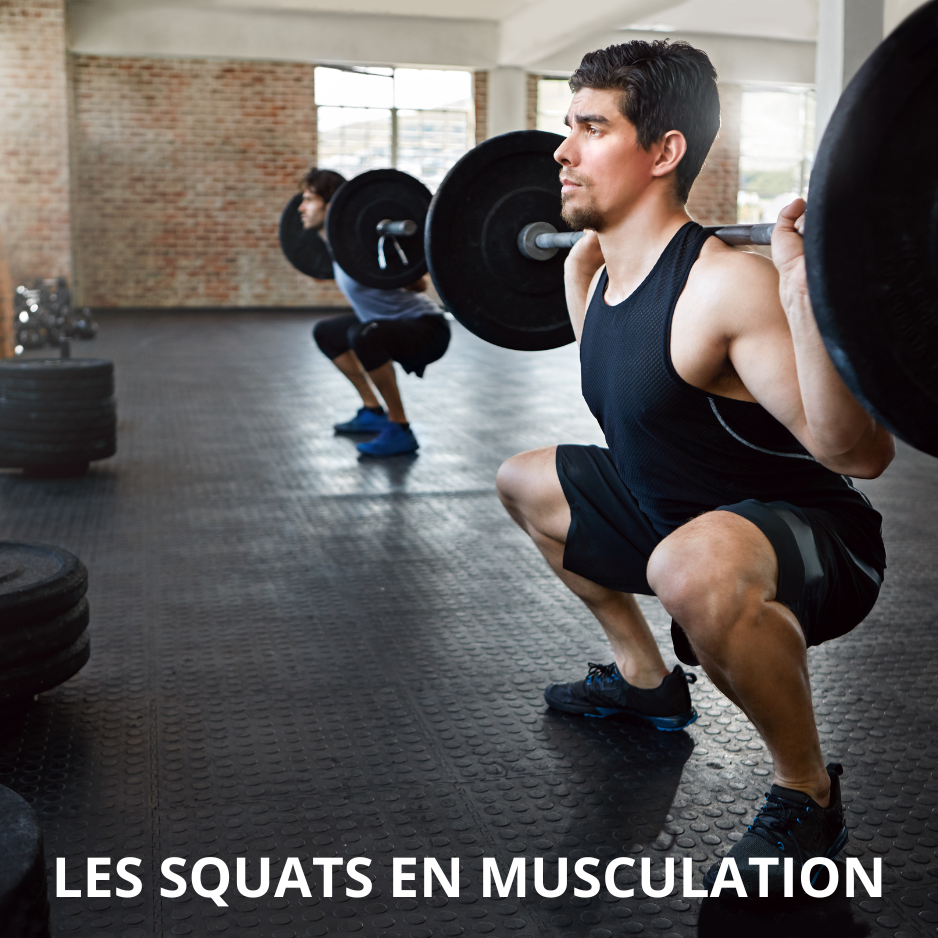BODYBUILDING IN YOUTH
What is a young person from an anatomical point of view? It is generally considered that growth is complete, around the age of 16 in girls and 18 in boys, the cartilage hardens and becomes identical to the rest of the bone. It is from there that we become “adults”. The idea here is therefore rather to treat the case of young adolescents, under 16 years old, and assiduously practicing fitness, crossfit or bodybuilding.
We can understand the concern of a mother or father when their child or teenager starts lifting weights and training in bodybuilding. Training experts are often asked: can strength training harm growth?
A little anatomy
What distinguishes the bone of a growing juvenile from that of an adult is the presence of an epiphyseal growth plate. This plate is made up of cartilage, a tissue softer than bone, which has the role of ensuring the growth of the latter. This type of cartilage is found at the ends of long bones such as that of the thigh, the femur, or that of the arm, the humerus. As we saw in the introduction, between the ages of 16 and 18, this growth-specific cartilage hardens and becomes identical to the rest of the bone.
Since the growth plate is a developing bone, it is more fragile and therefore more prone to injury than the surrounding tissues. For example, for the same trauma, such as a fall or an impact, a bone fracture is more likely in a young person than in an adult if this trauma is near the growth plate. On the other hand, an injury that affects the ligaments (which connect one bone to another bone), such as a sprain, will be more common in an adult. In fact, it is estimated that the growth cartilages of young people are 2 to 5 times less resistant than their ligaments.
Does weight training disrupt growth?
It has been shown that a fracture in the growth plate can cause growth disruption in certain situations. It risks causing uneven length of a limb or a deviation of the bone in the event of welding of part of the cartilage. Since approximately 15% of bone fractures in young people occur in the growth plate, one might think that physical activity such as weight training could pose a risk to growth. However, this type of fracture is extremely rare during muscular resistance training. The only reported cases occurred during muscular exercises with inadequate technique and probably with a very heavy load approaching or exceeding the maximum strength of the young person in question. Compared to bodybuilding training, certain sports activities present a significantly higher risk of growth plate fracture: young people who practice sports such as football, rugby, gymnastics, mountain surfing in winter without preparation physical activity, or even cycling are at greater risk of fracture, because falls and impacts are more frequent.
Another fear exists regarding the growth of young people practicing bodybuilding training: the stress imposed on the skeleton by the loads would create an early hardening of the epiphyseal growth plates, which would cause a cessation of bone growth. This unfounded fear is rejected by all health specialists. In fact, the stress placed on the skeleton during strength training stimulates bone production, which can increase bone density in people of all ages.
Consequently, according to current scientific knowledge, there is no indication that bodybuilding, especially if it is well supervised, can harm growth. The journal Pediatrics , a reference for American pediatric doctors, confirms that strength training in no way harms the growth of young people. We can recommend for these young people to take collagen combined with vitamin C and magnesium as a treatment, particularly during periods when they train for a long time, to avoid premature wear of the cartilages, or even Stimium® Joint Flex in treatment to relieve possible muscle stiffness, but in all cases, in the event of persistent pain, it will be advisable to reduce training and consult a specialist.
Many people wrongly believe that small athletes, like some gymnasts, have had disrupted growth due to too early weight training. In reality, their size is a mechanical advantage when lifting their body weight; although it helps these athletes to obtain good results, it is not determined by bodybuilding.
Overtraining and disrupted growth
When the accumulation of fatigue in young athletes becomes too significant, it can signify a state of overtraining. This state manifests itself, among other things, by a reduction in performance. Fatigue can be caused by training too often, too long or too intensely. It is true that detecting fatigue in a teenager can be complicated, since they are often capable of spending long hours in their rooms. It can also be caused by inadequate recovery, itself caused by unhealthy lifestyle habits, such as poor diet or insufficient sleep. Overtraining can cause a decrease in growth hormone production. As for growth hormone, from the age of 13, if necessary, it is always possible to consume GABA , which is a booster of this HGH hormone. It has been hypothesized that if this decrease occurs in a child or adolescent, it may delay or disrupt growth. The risk of overtraining is increased among young elite athletes, such as those who practice gymnastics or tennis. These young athletes often train for long hours. However, as young people rarely do a lot of weight training, this cannot be the only cause of overtraining. In this sense, the risk that strength training will cause growth delay or disruption is practically zero. Many parents worry about the risk of injury to their children if they practice weight training. This concern therefore seems unjustified when we compare bodybuilding with other sports such as football, skiing, rugby or hockey, to name just a few. It's even interesting to note that strengthening muscles can help prevent injuries when playing other sports. In fact, like an adult, a young person who trains in bodybuilding increases the strength of the muscles around their joints and their proprioception (perception of the body), thus reducing the risk of injuries when practicing other sports.
A study presented in 2012 suggests that squatting with a barbell supported on the upper back may carry a risk of spinal fractures in adolescents. This is because the load exerts a high force on the back while performing the exercise. This minimal risk of fracture, if it exists, could concern those who use excessively heavy loads. It is therefore a type of exercise that should not be stopped, but should be well supervised, to be certain that the load corresponds to what can be achieved. The vast majority of injuries to the lower back and other parts of the body could be avoided if certain rules were followed, including:
- Strength training in children and adolescents must be supervised and supervised by a competent physiotherapist or trainer.
- Learning the technique of an exercise should be carried out with light loads or only body weight. It is essential that the technique of the movement is mastered before performing the exercise with a heavier load.
- Bodybuilding training must respect the principle of progressive overload. This means a gradual increase, over the weeks, in the training frequency, the number of exercises, the number of sets per exercise as well as the weight of the loads used.
- It is preferable to perform series of exercises with a load allowing a minimum number of 10 repetitions. A number of repetitions between 12 and 20 reduces the risk of injury.
- Some of the exercises performed should aim to strengthen the muscles around the hip as well as those of the abdomen and lower back. This strengthening helps, among other things, to reduce the risk of lower back injuries.
- For children under 1.50m, it is recommended to avoid using weight machines, as they are generally designed for adults.
- A bodybuilding training session should begin with a suitable warm-up. A 5 to 10 minute cardiovascular exercise, followed by a first set of each of the exercises in the session with a light load, can constitute an adequate warm-up.
Bodybuilding for young people is therefore not fundamentally different from what can be found for an adult. Here are some points to keep in mind for youth bodybuilding:
Safety above all: Young people must be closely supervised when practicing bodybuilding to avoid injuries, concretely avoid doing anything (knowing that adults and especially beginners are just as capable of doing bad things). movements!).
Technique: Young people must learn the correct techniques for each exercise to minimize the risk of injury. Well, they will probably already have checked everything via videos on Insta or Tik Tok, but a bad movement can quickly create an imbalance on a shoulder or a pelvis and have an impact on growth in particular.
The use of light loads: young people should use light loads and short sets to avoid excessive fatigue and injuries. We all always want to gain a lot of weight, but we also have to know how to be realistic!
The importance of recovery: Young people need to give their body enough time to recover after each training session. To recover, nothing better than BCAAs , and restful sleep, for example by consuming ashwagandha or SDR gums.
Nutrition: Young people have specific nutritional needs, so it is important to ensure they eat enough protein, carbohydrates and healthy fats to support their growth and development. We are seeing more and more young people who are very knowledgeable about nutrition to further improve their performance, with the consumption of Boosters such as Stimium® PreWorkOut Max to improve resistance to exercise and prepare the body for muscle strengthening loads, creatine , for muscle strengthening and improved recovery or products like Stimium® Pro-Nrj Caps , for extra energy and vitality . The basis will remain the consumption of proteins, for example Whey Stimium® [C] Whey , Stimium® Iso Hwy or Stimium® VegPro to maintain a good protein intake sustainably during the training phase, especially in a young person who will have need greater contributions than an adult given the growth phase still present.
Respecting individual limits: each young person is different, so it is important to respect their limits and not push them beyond what they can do.
The benefits of strength training: Strength training can help young people develop strength, endurance and self-confidence. However, it is important to not only focus on physical appearance but also on overall health and well-being.
Reading the bibliography therefore, concern about the possibility that strength training disrupts growth seems unjustified. Although it is true that a fracture at the level of the bone growth plate can, in certain cases, cause a disruption of growth, this type of fracture should not occur in bodybuilding if it is practiced adequately. , which is not the case for other sports where the risk of falling and impact is quite significant.






